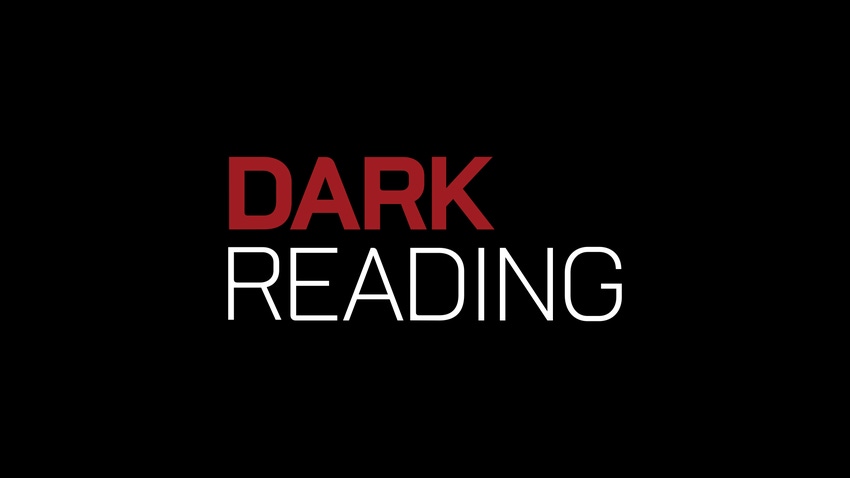Yellow Alert Sounded For Juniper Vulns, Feds Called In
SANS ISC raises infosec alert level and FBI investigates potential nation-state activity leading to backdoor vulnerabilities in Juniper ScreenOS products.
December 21, 2015

The infosec alert level for the Internet Storm Center was bumped to yellow today on the heels of the announcement of two crucial vulnerabilities Juniper firewalls that rocked the infosec world last week. And as the industry scrambles to fill these gaping holes in its ScreenOS platform, news continues to trickle in that FBI officials are investigating potential nation-state actions that led to the insertion of an authentication backdoor that impacts tens of thousands of devices on the Internet.
Johannes Ullrich, director of the SANS ISC, said in a post this morning that the ISC decided to raise the alert level for three big reasons.
"Juniper devices are popular, and many organizations depend on them to defend their networks. The "backdoor" password is now known, and exploitation is trivial at this point," Ullrich wrote. "With this week being a short week for many of us, addressing this issue today is critical."
As he warns security practitioners, there is very little that organizations can do to protect themselves from these vulnerabilities, particularly the one which allows attackers to decrypt VPN traffic. The backdoor vulnerability which requires that password to be activated--a point moot now that it is publicly known--but it can be countered by restricting access to SSH and telnet.
"Only administrative workstations should be able to connect to these systems via ssh, and nobody should be able to connect via telnet," he says. "This is "best practice" even without a backdoor."
Researchers with FoxIT initially reported finding the backdoor password within six hours of getting their hands on the Juniper patch. According to a post from HD Moore, chief research officer at Rapid7, the password was chosen to look like other debug format strings in the code.
As he explains, the timing is interesting on these vulnerabilities as they were not present within versions of the software before 2013 releases.
"The authentication backdoor is not actually present in older versions of ScreenOS," Moore wrote. "The authentication backdoor did not seem to get added until a release in late 2013."
This could be another breadcrumb on the trail of investigators looking into how such a huge hole--one affecting over 26,000 devices according to a scan made by Moore--could have been inserted into the source code of such a prominent security product. According to a CNN report, the FBI is currently investigating the possibility that nation-state actors placed the backdoor for the purpose of espionage. Meanwhile, The Register reports an anonymous former Juniper employee who pointed to the fact that much of Juniper's "sustaining engineering" for ScreenOS is done in China.
Read more about:
2015About the Author(s)
You May Also Like
Is AI Identifying Threats to Your Network?
May 14, 2024Where and Why Threat Intelligence Makes Sense for Your Enterprise Security Strategy
May 15, 2024Safeguarding Political Campaigns: Defending Against Mass Phishing Attacks
May 16, 2024Why Effective Asset Management is Critical to Enterprise Cybersecurity
May 21, 2024Finding Your Way on the Path to Zero Trust
May 22, 2024
Black Hat USA - August 3-8 - Learn More
August 3, 2024Cybersecurity's Hottest New Technologies: What You Need To Know
March 21, 2024




